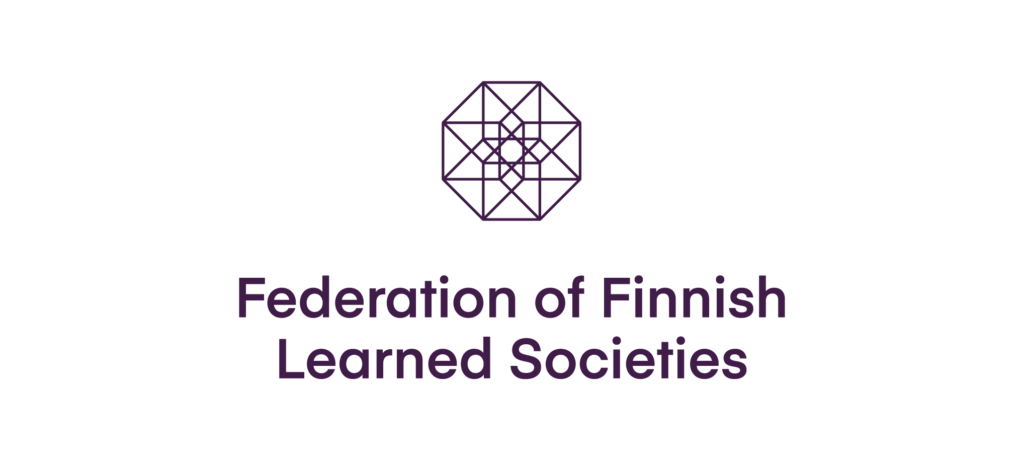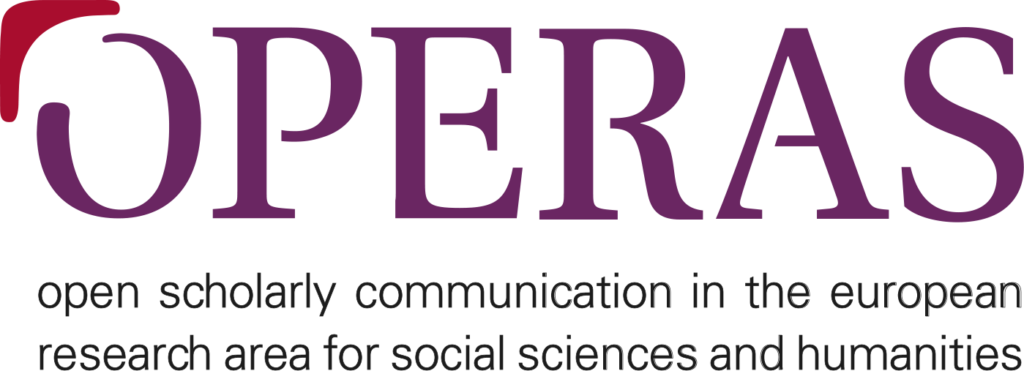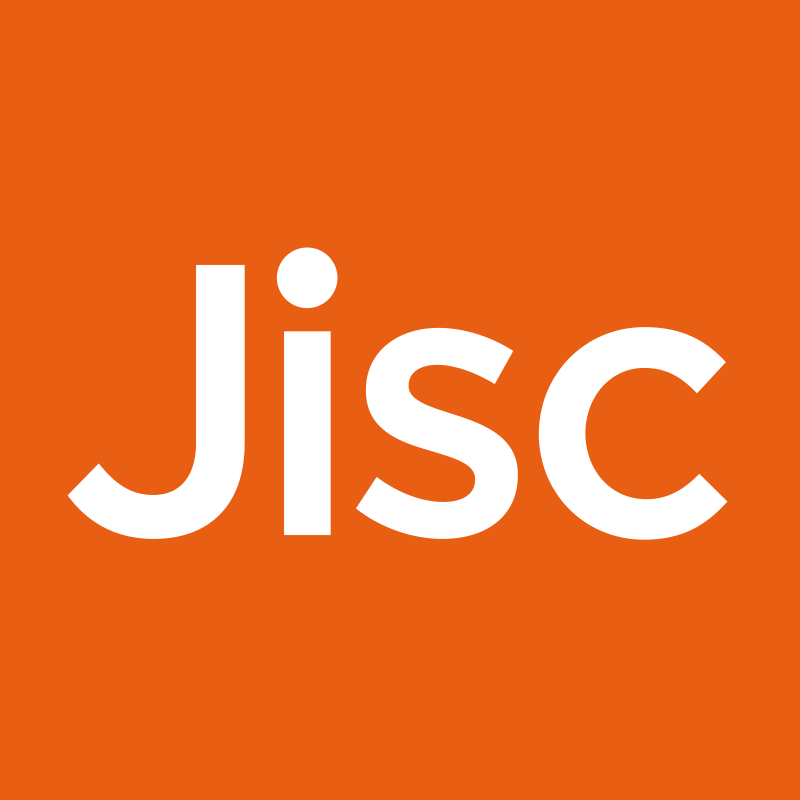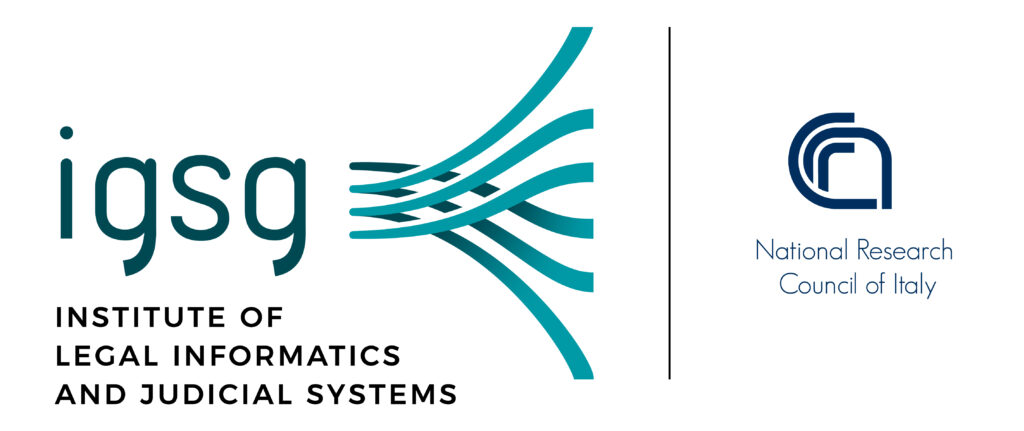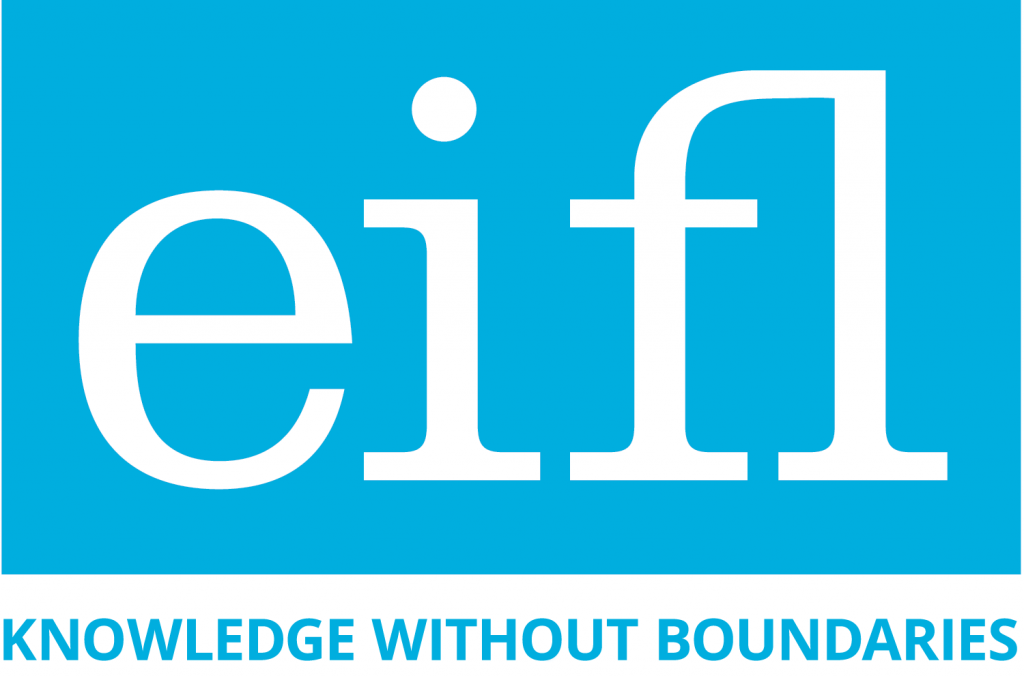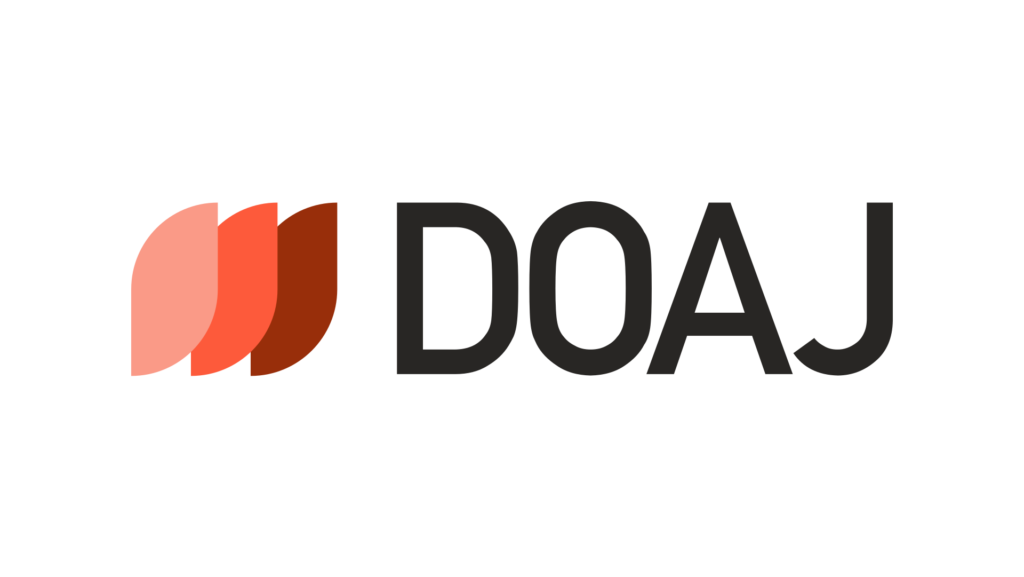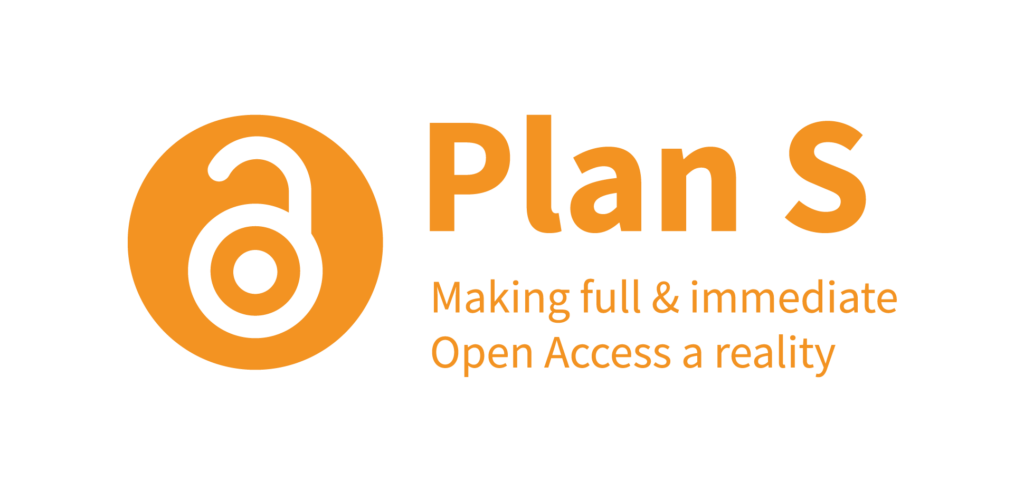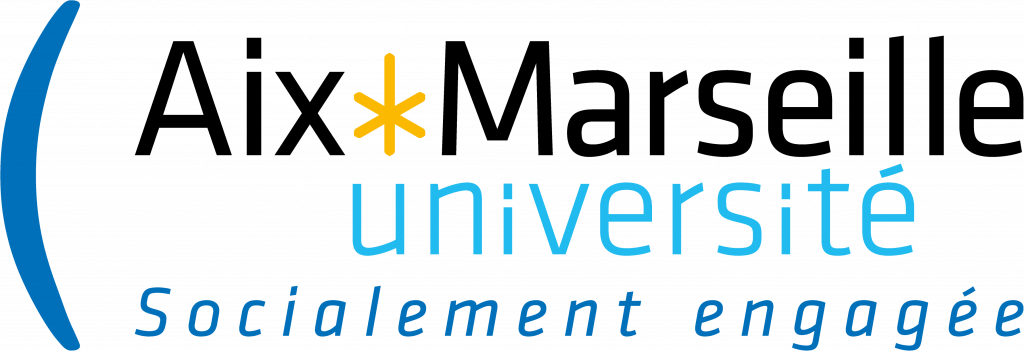The DIAMAS project is developing a set of actionable Diamond OA policy recommendations and guidelines for institutional leaders. These will be published in March 2025 and will be accompanied by recommendations for funders, sponsors and donors (FSDs) and regional, national and international policymakers. Together, the recommendations represent a key project deliverable, aimed at raising awareness and outlining strategies to enhance the support of Diamond OA journals and platforms at institutional, national and European levels.
The European University Association (EUA) is leading a co-design process to develop recommendations and guidelines for institutional leaders. In this context, the word “institutional” is used broadly to include not only universities and higher education institutions but also all RPOs, learned societies and academies of science.
Those institutions often act as “parent organisations” of Institutional Publishing Service Providers (IPSPS). As parent organisations, they provide diverse services to their IPSPs, including infrastructure, financial support and the academic resources needed to maintain and operate Diamond OA journals and platforms. Enhancing the institutional leadership’s understanding and awareness of the academic publishing activities in their organisations therefore becomes a key action to foster Diamond OA at the institutional level.
The co-design process began in March 2024 with a focus group gathering 34 institutional practitioners from 22 countries within Europe. Participants represented universities, RPOs and learned societies and held various roles within their institutions, such as librarians, publishers, editors, IT specialists, managers of institutional repositories, and legal and compliance experts.
This blog post presents the first ideas and considerations to come from the focus group, highlighting challenges, needs and opportunities in the transition towards Diamond OA at an institutional level.
Addressing challenges
Some of the most pressing OA challenges for institutions include the lack of sustainable funding, incentives and rewards, and professional staff.
While practitioners agreed that support from their institutions in their role as parent organisations is necessary, more actions should be taken to ensure that structural resources and capacity are allocated to the institutional publishing activities. This is especially true as the institutional publishing process continues to rely on the availability and goodwill of editors, who predominantly contribute on a voluntary basis.
Moreover, practitioners acknowledge that their leadership often need to pay more attention to the potential of the institutional publishers operating within their institutions and struggle to see a clear return on investment, particularly when investing in new infrastructure and staff capacity for Diamond OA journals and platforms. As a result, leaders might be hesitant to fully endorse Diamond OA without concrete evidence of its benefits and costs.
However, challenges in implementing Diamond OA are not just linked to organisational structures at the institutional level. National policy frameworks also play an important role in fostering (or hindering) the adoption of this scholarly publication model. Many practitioners highlighted how current research assessment systems are not favouring Diamond OA, due to the emphasis on quantitative indicators such as publications in high-impact factor journals. Furthermore, in many countries, rankings and bibliometrics still influence academic career progression systems, incentivising researchers to publish in international subscription-based journals to receive the funding, resources and recognition needed to advance in their careers. This contributes to creating biases and misconceptions about the perceived quality and reputation of Diamond OA journals, which often have a local reach and may therefore need more recognition despite their rigorous peer review standard and high-quality content.
Identifying needs
Addressing these challenges will require a good mix of top-down and bottom-up support at institutional and national levels.
Among these, raising awareness of the benefits and opportunities offered by the Diamond OA model was identified as a key action. One needs to collect evidence-based data and information on the cost and requirements associated with the transition to Diamond OA to demonstrate the benefits and merits of this publication model compared to other open access routes.
At the same time, raising awareness should target both institutional leaders and the academic and research community. This is key to fostering a cultural shift and overcoming scepticism and biases surrounding Diamond OA.
While more funding, capacity and infrastructure are required at the institutional level, these should be coupled with the creation of a capacity centre at the national level. Creating such a network would be beneficial in pulling resources together, fostering capacity building, and overcoming the fragmented landscape in which IPSPs usually operate.
Promoting opportunities
Beyond challenges and needs, practitioners acknowledged that Diamond OA is gaining momentum in the policy debate surrounding the future of scholarly communication. Promising opportunities to support its implementation are on the horizon. Such opportunities include the publication, in May 2023, of the Council Conclusions on High-quality, transparent, open, trustworthy and equitable scholarly publishing and the organisation of the first Global Summit on Diamond Open Access in October 2023. In some cases, practitioners also reported positive development emerging at the institutional level, with institutional leaders increasingly becoming aware of the threat to current for-profit scholarly publishing models and, therefore showing an interest in alternative models, including Diamond OA.
Against this background, the community should call for renewed collaboration between institutional leaders, national funders and policymakers to achieve high-level policy agreements supporting Diamond OA. Such alignment can help define common policies, quality standards and funding strategies for Diamond OA journals and platforms.
Co-design process: what’s next?
The discussion with institutional practitioners provided much food for thought to help define future Diamond OA policy recommendations and guidelines for institutional leaders. Engaging with institutional practitioners allowed EUA to gather solid input based on their day-to-day experience with institutional publishing, which will be crucial to drafting the policy recommendations and guidelines in an evidence-based and active manner.
The focus group was just the first step in the broader co-design process for the recommendations and guidelines for institutional leaders. This process will continue throughout the year, engaging institutional actors at different levels. To this end, in April 2024, EUA organised an in-person workshop to collect the views and input of institutional leaders. An online event will also be organised in the autumn of 2024 to present a more mature version of the recommendations and guidelines for institutional leaders and gather further feedback from the community.
Furthermore, two additional co-design processes are planned to develop policy recommendations and guidelines for Funders, Sponsors and Donors (FSDs) and regional, national and international policymakers. Science Europe is organising the co-design process with FSD experts, including an inception meeting in December 2023 and a workshop in April 2024. The next in the series will be a high-level event to engage the FSD leadership in November 2024. OPERAS is organising the co-design process with Open Science policymakers with two events scheduled for September and November 2024. The event in November will target FSDs and institutional leaders as well. The three co-design processes for the Diamond OA recommendations and guidelines will be brought together through the organisation of this joint online event in November 2024. More information about the event will be shared in the upcoming weeks.
Experts interested in contributing to future co-design events for policy makers can read more about the next events here. You can subscribe to the DIAMAS project newsletter to remain up-to-date with the latest project news and developments.












